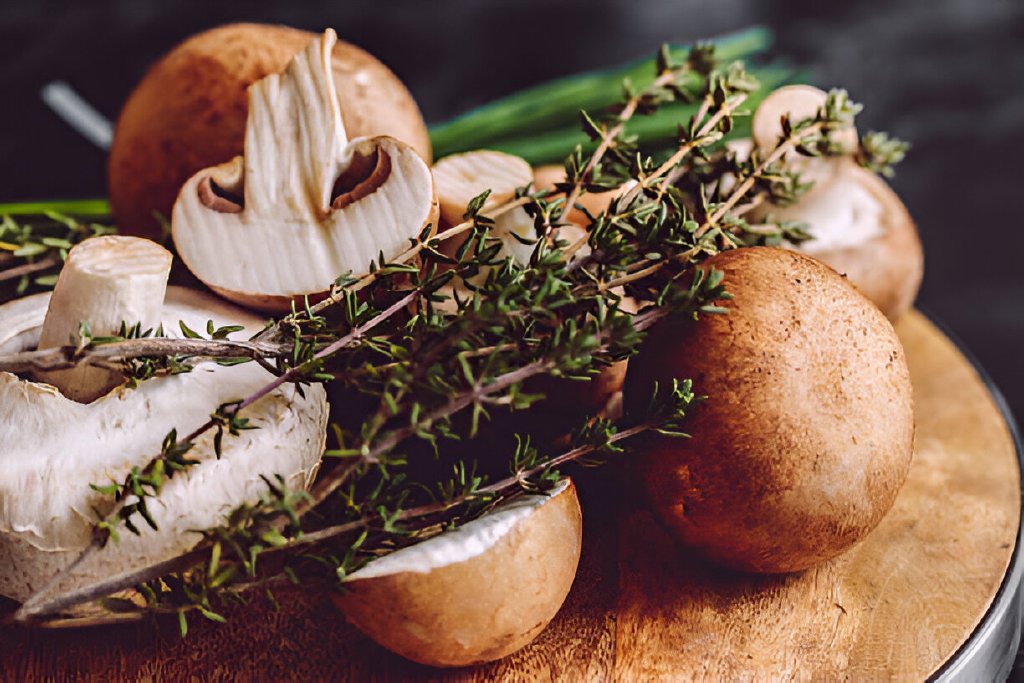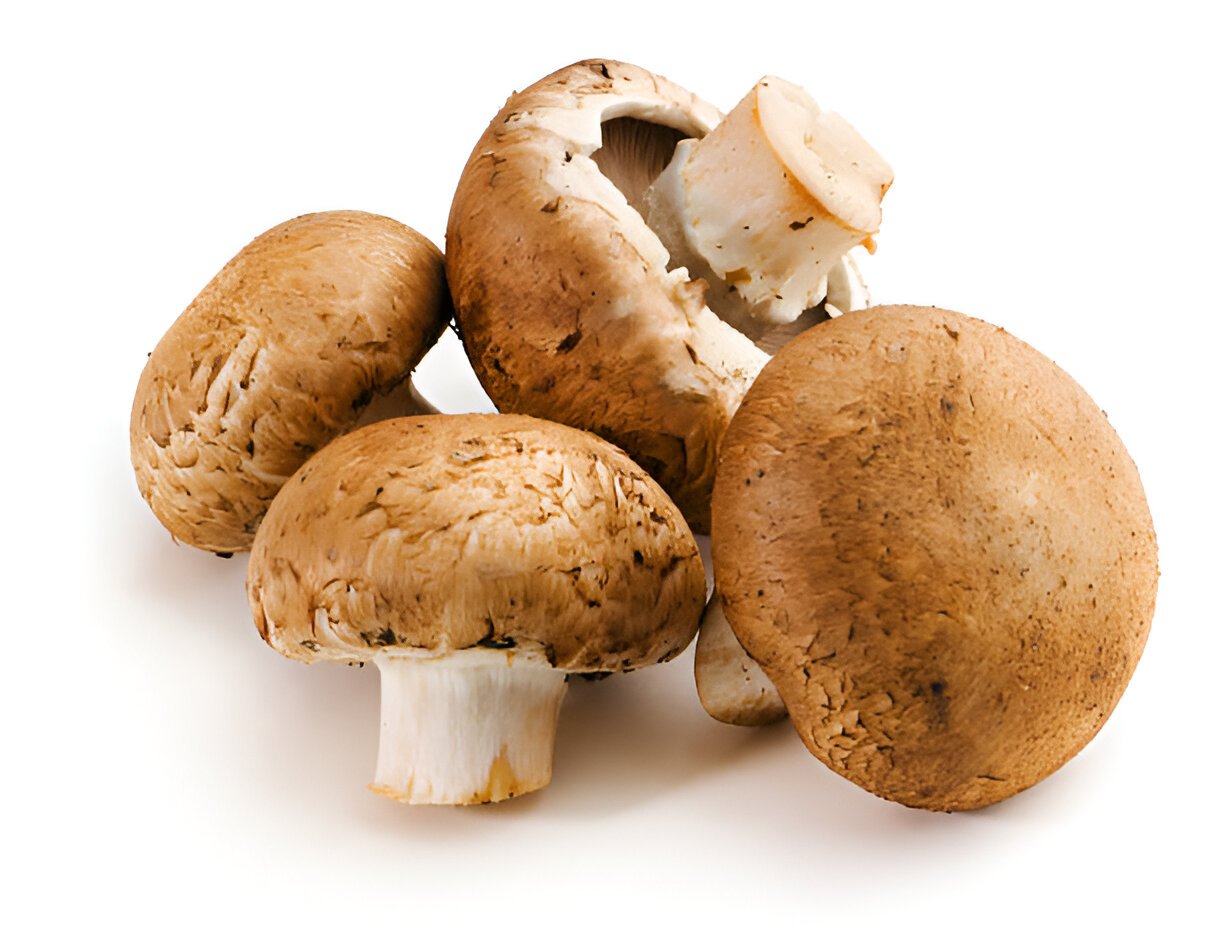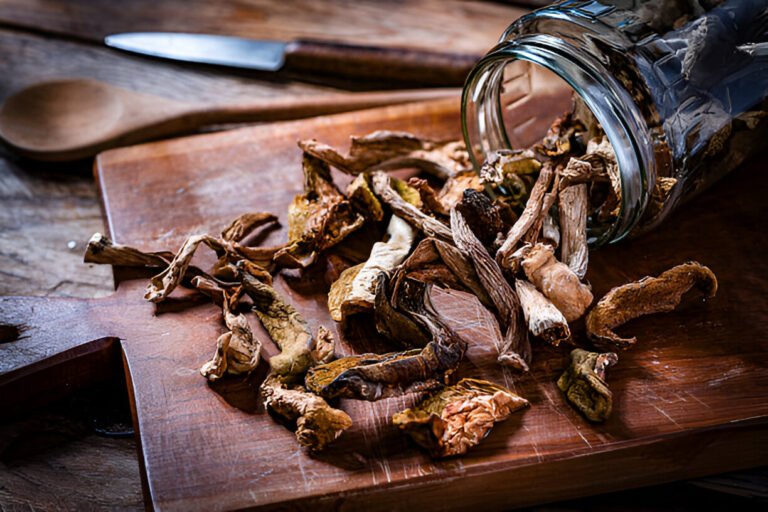Can You Eat Portobello Mushrooms Raw? The Truth About This Popular Fungus
Portobello mushrooms are popular in cooking. They have a meaty texture and a rich, earthy flavor. Grilled, roasted, or sautéed, they enhance dishes without overshadowing other flavors. But what about eating them raw? Some people like to slice them for salads or sandwiches. Others worry about safety and digestion.
Are raw portobello mushrooms truly safe to eat, or do they hide potential risks beneath their dark, gilled caps? With all the mixed messages out there, it’s tough to know if raw foods fit into your meals or if cooking is the better option.
By the end of this article, you’ll learn about raw portobello mushrooms. We’ll cover their nutrition, possible risks, and the best ways to prepare them for safety and flavor. This guide helps health-conscious eaters and mushroom lovers make smart choices.
Raw Portobellos: Edible but Not Ideal
Technically, you can eat portobello mushrooms straight out of the package, no cooking required. They won’t poison you, and you won’t keel over after a bite. But just because you can doesn’t mean you should.
Raw portobellos have a dense, chewy texture that can feel rubbery. Portobellos are tougher than their delicate cousins, white button mushrooms. While white buttons are often sliced for salads, portobellos have a more fibrous texture. And then there’s the elephant in the room—or rather, the compound in the mushroom: agaritine.
Nutritional Profile of Portobello Mushrooms

Portobello mushrooms aren’t just a tasty addition to your meals—they pack a nutritional punch. These hearty fungi provide important vitamins and minerals. They are rich in B vitamins like riboflavin, niacin, and pantothenic acid. These vitamins help with energy production and brain function. They also have key minerals like potassium, phosphorus, and selenium. These help with muscle function, bone health, and immune support.
One of the biggest advantages of portobello mushrooms is their low-calorie, high-fiber profile. A single cup has about 35 calories. It also has a good amount of dietary fiber. This fiber helps digestion and keeps you feeling full. They are a great option for anyone wanting to manage their weight. You can still enjoy tasty, satisfying meals.
Beyond basic nutrition, portobellos also contain antioxidants like ergothioneine, which may help reduce inflammation and protect cells from oxidative stress. Some studies say these compounds may help overall health. This includes heart health and immune function.
Here’s a quick breakdown of the key nutrients found in portobello mushrooms:
| Nutrient | Benefit |
| B Vitamins | Boost energy and brain function |
| Potassium | Supports muscle and heart health |
| Fiber | Aids digestion and satiety |
| Antioxidants | Reduce inflammation and protect cells |
Portobello mushrooms aren’t just tasty; they’re also packed with nutrients. They offer many health benefits.
Agaritine: What’s Hiding in Your Mushrooms?
Agaritine is a naturally occurring compound found in many mushrooms, including portobellos. Some studies suggest that in large amounts, agaritine could have carcinogenic effects. Before you throw your mushrooms in the trash, take a deep breath. Cooking significantly reduces agaritine levels, making your fungi feast a lot safer.
Here’s a quick breakdown of how different cooking methods impact agaritine:
| Cooking Method | Agaritine Reduction |
| Raw | 0% (full agaritine content) |
| Sautéing | 60–70% reduction |
| Boiling | 50% reduction |
| Grilling | 65–75% reduction |
If you’re eating raw portobellos occasionally, it’s probably not a big deal. But if you’re munching on them daily, you might want to rethink your strategy.
Texture and Taste: Why Cooking Wins
Let’s talk about the experience of biting into a raw portobello. It’s firm, almost spongy, and releases a slightly woody flavor. Not exactly a flavor explosion. Cooking portobellos mushrooms on the other hand, transforms portobellos into something magical.
When heat hits these mushrooms, their cell walls break down. This releases rich, savory flavors. The texture softens, becoming juicy and tender, and any bitterness fades away. That’s why grilled portobello burgers taste like something out of a backyard dream, while raw slices feel like you’re chewing on damp cardboard.
| Relevant: How To Sell Mushrooms To Restaurants |
Best Ways to Eat Portobellos (Without Cooking Them Whole)
If you’re determined to keep things raw, you don’t have to bite into a whole portobello cap like an apple. There are better ways to enjoy them in their uncooked state.
1. Thinly Sliced in Salads
Shaving portobellos paper-thin makes a world of difference. Toss them with lemon juice, olive oil, and Parmesan for a fresh, tangy bite.
2. Marinated for Better Flavor
Acidity helps break down the toughness. A soak in balsamic vinegar and herbs can soften raw portobellos and give them a deeper, more complex taste.
3. Blended into Dips
Blending raw mushrooms with nuts, garlic, and olive oil makes a tasty, earthy spread. It’s great on crackers or veggies.
4. Stuffed and Served Cold
Try filling raw mushroom caps with hummus, guacamole, or herbed cream cheese for an easy, no-cook appetizer.
Final Verdict: Cook or No Cook?
If you’re looking for the best flavor, texture, and safety, cooking portobellos is the way to go. Eating them raw is safe, but you miss the rich flavor that makes these mushrooms popular. If you insist on eating them raw, slice them thin, marinate them well, and enjoy in moderation.
So, can you eat portobello mushrooms raw? Absolutely. Just like an unripe avocado or a green banana, patience and a bit of warmth can make a big difference.

Kathy is a restaurateur, artist, and blogger. After spending more than 10 years in the restaurant industry, she has decided to go digital and share her expertise and experience online.







